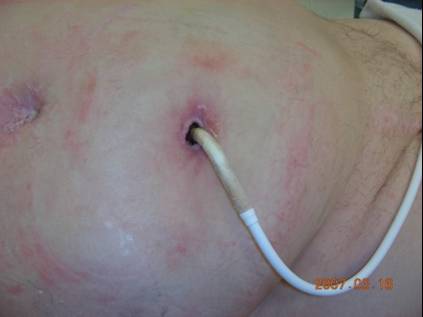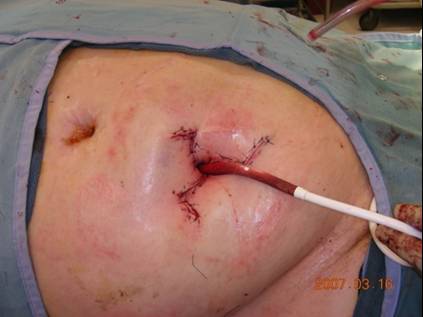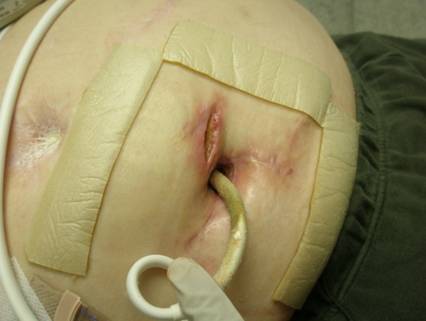




Background: Left ventricular assist devices (LVADs) were initially designed to provide support to patients with end-stage heart failure who had failed medical therapy as they awaited heart transplant. These devices were considered temporary, as they were a “bridge to transplant.” More recently, however, they have been applied as a permanent alternative to heart transplant, “destination therapy”, in patients who are not candidates for heart transplant and who have failed medical therapy. With longstanding implantation of the device has come an increase in complications, most notably infections. These LVAD pocket infections and driveline infections often lead to subsequent wound breakdown and exposure of the device, creating an open cavity that is difficult to sterilize and close. Muscle flaps can provide well-vascularized tissue with bulky coverage that can help minimize re-infection rates and eliminate dead space around the device. Alternatively, perforator flaps and local abdominal wall flaps can be used to provide good, stable coverage in difficult areas, such as the epigastrium; they can also function as great salvage flaps after failure of other flaps.
Methods: A retrospective review of the presentation, management, and outcomes of 4 patients who underwent reconstruction of abdominal wall defects secondary to LVAD infections and erosion of the driveline exit site. One patient underwent an intercostal artery perforator flap for coverage of an epigastric defect. Another patient underwent a rectus abdominis musculocutaneous flap for coverage of a central abdominal defect and local fasciocutaneous flaps for revision of the driveline exit site. Two other patients underwent a three pedicle flap technique to eliminate contact between subcutaneous fat and the driveline in an effort to prevent subsequent driveline infections and erosion.
Results: Follow up for the patients ranged from 9 to 12 months. There was no flap loss in the series. Three patients had superficial epidermolysis of the flaps, which responded to treatment with local wound care. One patient had a recurrent wound infection at the driveline site, which was complicated by wound dehiscence in the area of the driveline; this patient refused any additional surgical intervention. The wound is stable, with no additional deterioration, and is managed by local wound care. One patient died 9 months postoperative of complications unrelated to the surgery.
Conclusions: We conclude that flap coverage is often necessary to provide stable wound closure and minimize recurrent infection following LVAD wound breakdown with device exposure. A variety of flaps can be used as long as well-vascularized, bulky tissue is used to eliminate dead space in the LVAD pocket and around the driveline. Perforator flaps and local abdominal wall flaps are important tools for challenging reconstructions where traditional options are limited.
 |
|
 |
 |
 |